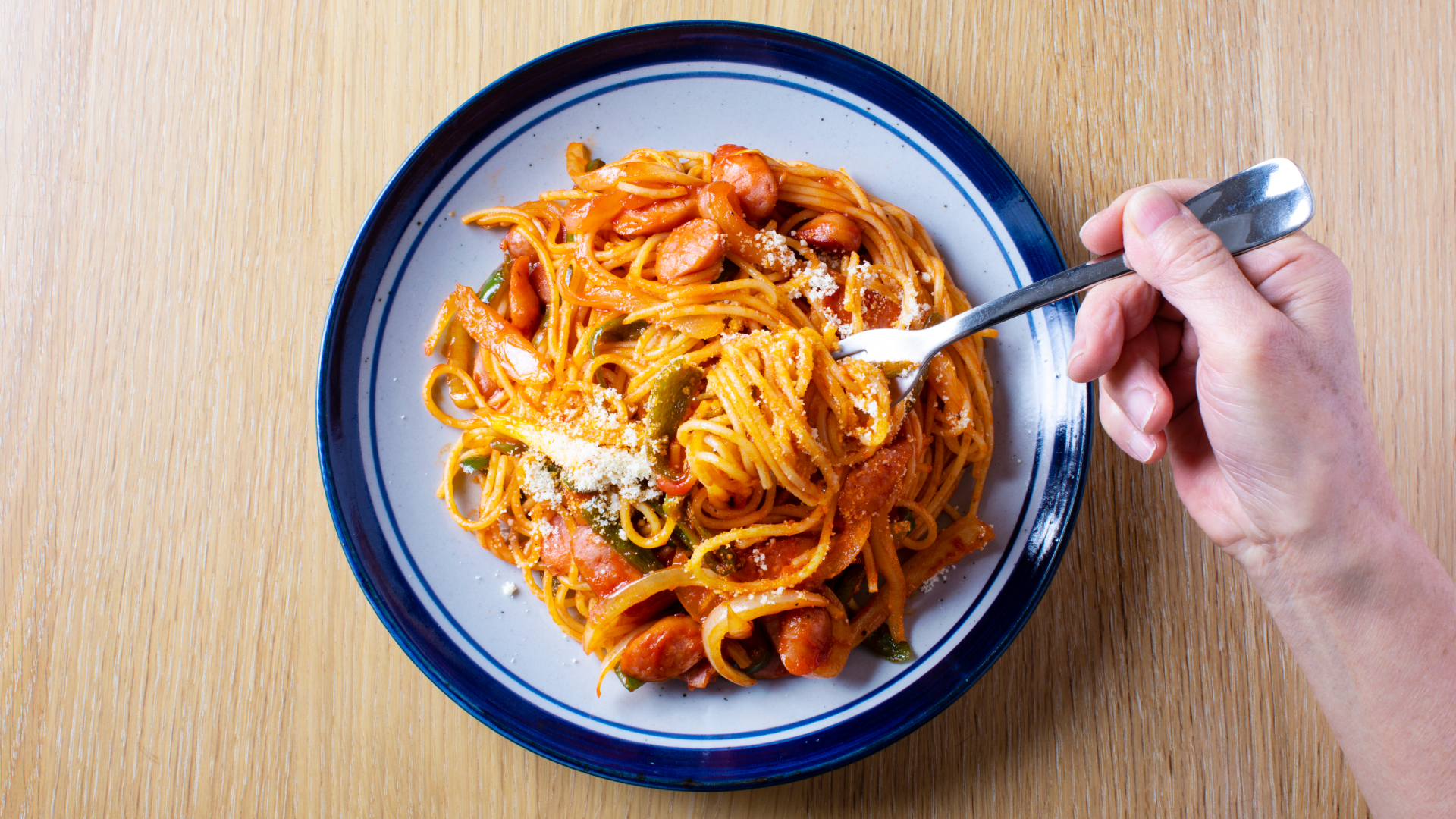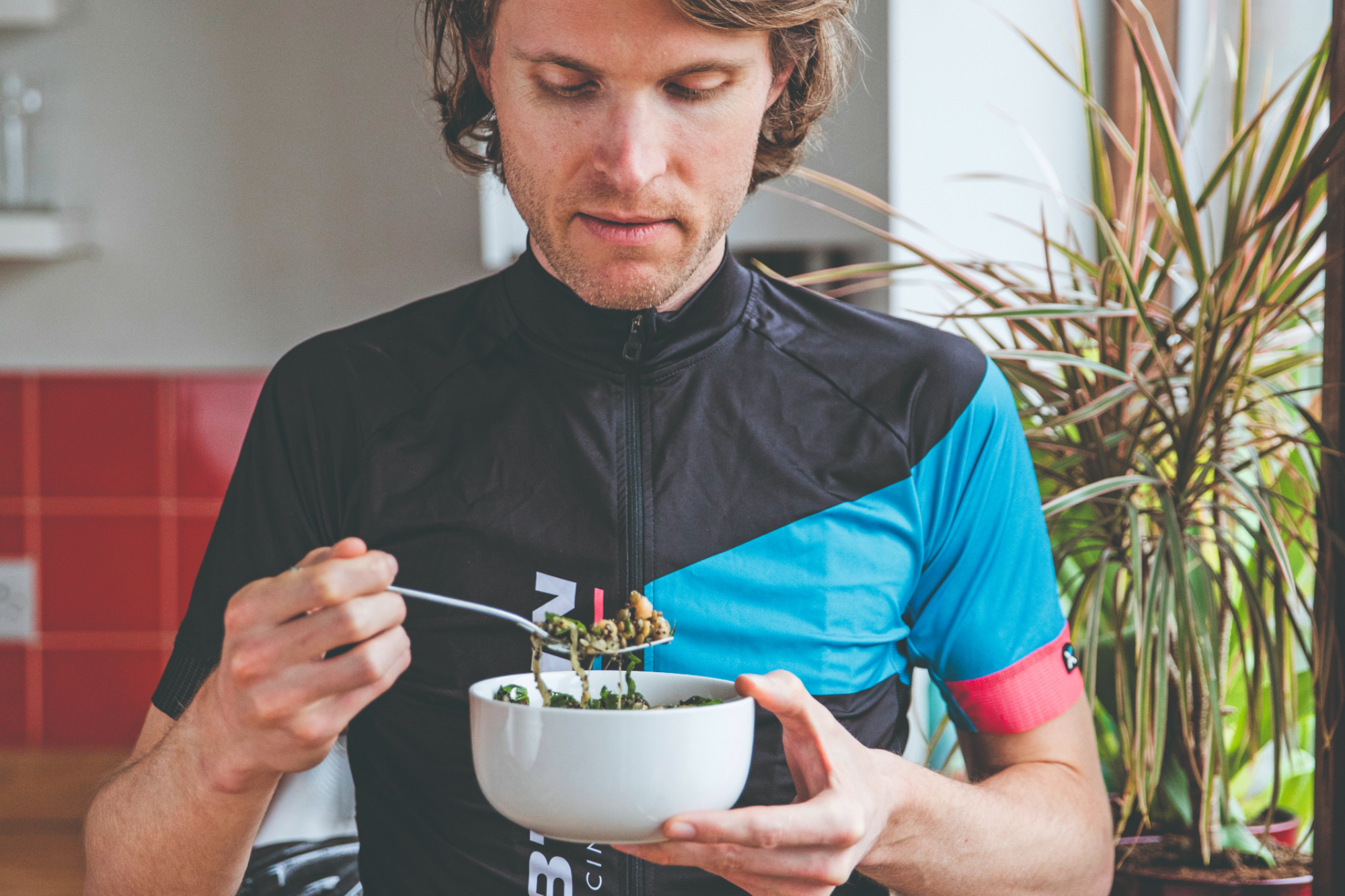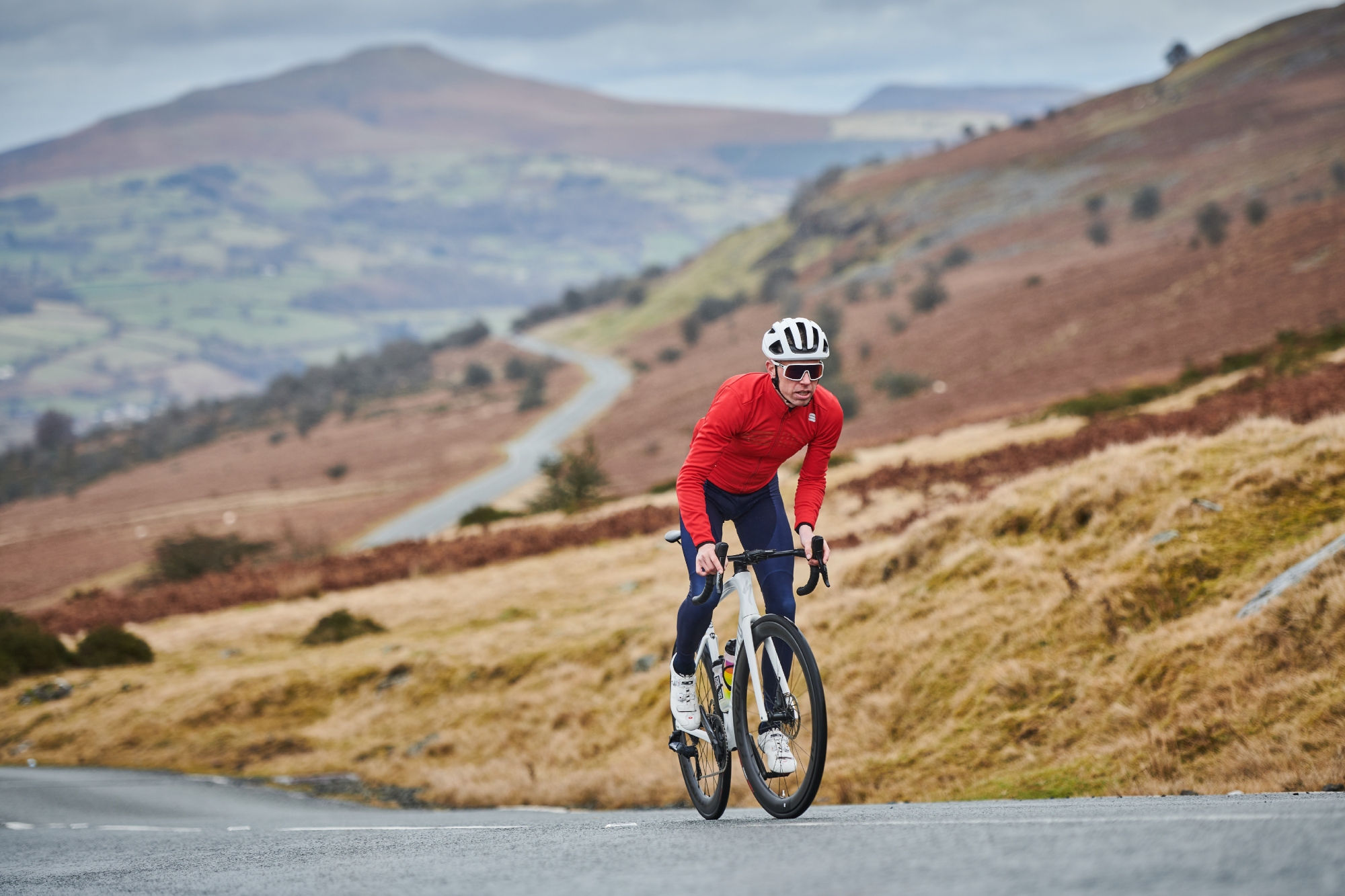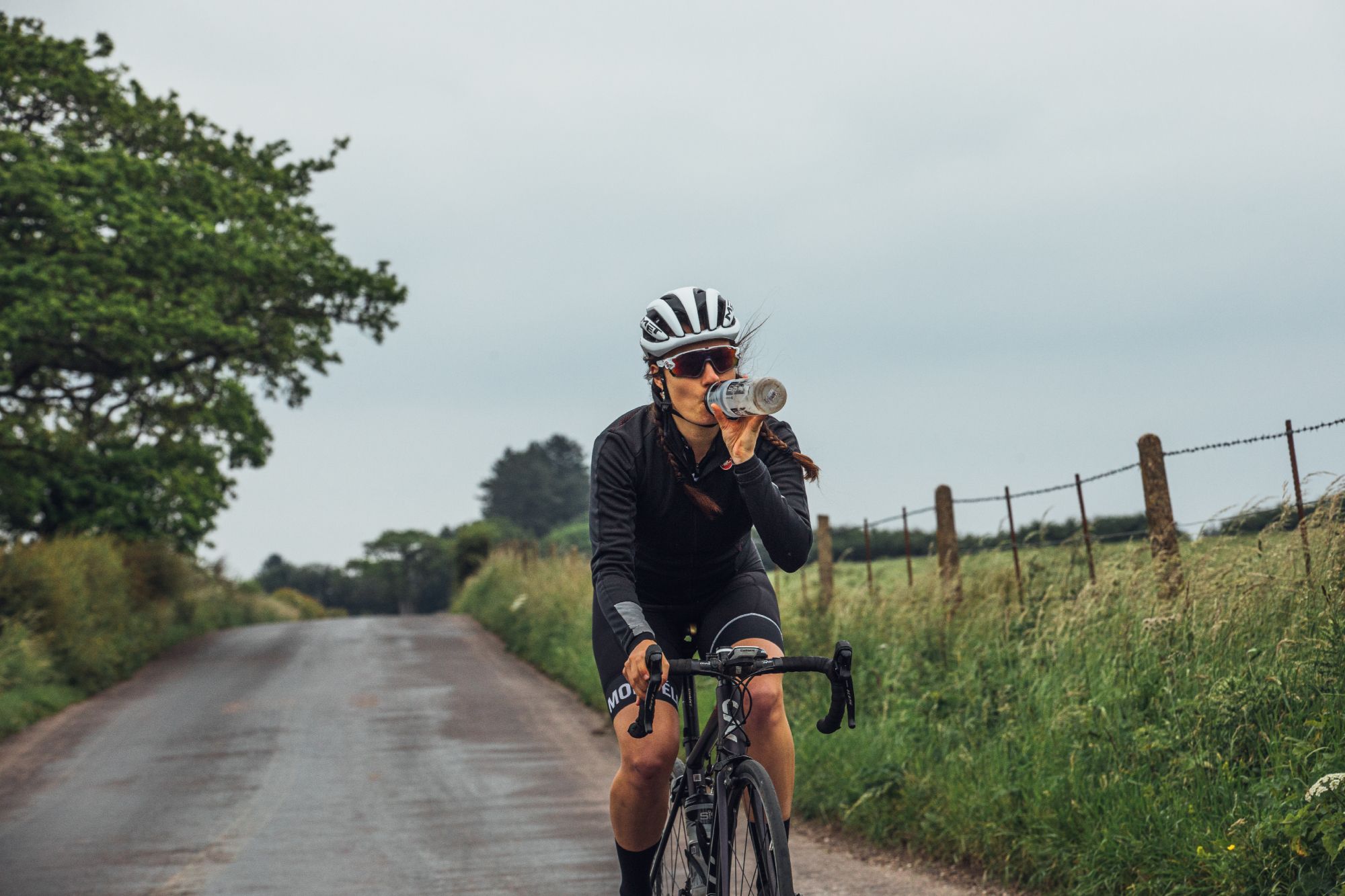How to get carb loading right: common mistakes and how to avoid them
Here's how to get your nutrition dialled with the right food in the right quantities in the lead-up to your big event

Amongst the various dietary strategies, carb loading has gained attention for its potential to enhance endurance and stamina. However, in order to reap the benefits, it’s imperative to follow all the right steps - and not be led astray by the many misconceptions and presumptions out there.
I’ll also be delving into the importance of proper tapering, the integration of nutrition and training and clarifying any misconception around carb loading. But first, it’s crucial to understand what carb loading is.
What is carb-loading?
Carb loading is a nutritional approach where athletes increase their carbohydrate intake before participating in a race or event. This tactic is popular among cyclists, long distance runners, triathlon athletes, cross-country skiers, rowers and swimmers. The main goal is to deliberately increase the carbohydrate intake before participating in activities like cycling.
The primary objective is to maximize the body's glycogen stores, which is a crucial energy source. By doing so, the intention is to enhance both endurance and overall performance, particularly during prolonged periods of physical activity. This strategy is often employed to ensure that the body has sufficient fuel to sustain energy levels and optimize athletic capabilities during extended exercise sessions.
Common carb-loading mistakes

It’s important to note that carb loading is a highly individualized process. What works for one person may not work the same way for another. Following best practice is the right way to start, but do also be attuned to your own experience, too.
One prevalent mistake is the consumption of inappropriate carbohydrates - especially in the days leading up to a long-distance cycle - resulting in fatigue instead of sustained energy. It’s crucial to avoid certain foods that could compromise your performance or lead to discomfort.
Steer clear of highly processed sugars (especially those with high fructose corn syrup) as they can cause rapid spikes and crashes in your blood sugar levels, disrupting the sustained energy you need. Keep fried and greasy foods off your list too, as they can lead to digestive discomfort and may not provide the lasting energy required for long distance cycling.
Get The Leadout Newsletter
The latest race content, interviews, features, reviews and expert buying guides, direct to your inbox!
While healthy fats are essential, be cautious about excessive consumption, as it can slow down digestion and potentially cause discomfort during cycling or any other endurance activity. Avoid over consuming too much fiber-rich food before an event to prevent digestive issues like bloating and gas.
Stick to familiar and well-tolerated foods during carb loading and avoid new or unfamiliar items to prevent unexpected digestive problems in the run up or even worse on the day of the race. Limit or avoid alcohol, given its potential to contribute to dehydration and negatively impact your performance.
Also, be mindful not to overdo it with high-protein foods, as excessive protein intake during carb loading might counteract the desired effects by slowing down the absorption of carbohydrates. Remember that individual tolerance to certain foods can vary, so continually experiment during training to determine the optimal foods for your body during carb loading.
Another potential pitfall is the rapid weight gain often associated with carb loading, attributed to water retention and increased muscle glycogen stores. Additionally, the selection of high Glycaemic Index (GI) foods can lead to a swift increase in blood sugar levels, potentially triggering inflammation. Being aware of these typical missteps has been essential in refining my carb loading approach, ensuring optimal performance while avoiding potential drawbacks.
It's worth noting that many individuals often misunderstand the concept of carb loading. Some may follow a routine of training and maintaining their regular diet until the day before a race or a personal record attempt, where they decide to load up on carbohydrates. This last-minute approach can have detrimental effects due to its potential to bloating, diarrhea, disrupt digestion, cause discomfort and lead to suboptimal performance.
By contrast, adopting a systematic, gradual incorporation of carb loading provides the body with the opportunity to adapt and optimize glycogen stores over time. This approach not only enhances endurance but also minimizes the risk of experiencing digestive issues on the day of the event. It's crucial for anyone interested in trying this method to recognise the importance of strategic planning and the potential downsides of abrupt changes to their nutrition routine in the days leading up to a race.
Solutions to the common carb-loading mistakes

To address this, deliberately choose complex carbohydrates such as whole grains, sweet potatoes and pasta, known for their ability to optimize glycogen stores. It's crucial to prioritize foods that enhance performance and provide a sustained energy boost. Integrate moderate amounts of healthy fats from sources like avocados and nuts to support overall nutritional needs without causing digestive discomfort.
Choose fiber-rich foods - but in moderation and not in excess - as mentioned above in order to facilitate digestion and include familiar, well-tolerated items to avoid any unexpected issues. Hydration plays a vital role, so incorporate water-rich foods like fruits and vegetables into your carb-loading plan.
Lean proteins, such as chicken or fish, can complement the process, but be cautious not to overemphasize protein intake, as the primary focus should remain on carbohydrates. Experiment with various foods during training sessions to identify what works best for your body during carb loading, bearing in mind that individual preferences and tolerances may vary.
My experience with carb-loading

My own carb tolerance isn’t the greatest, even when following a balanced diet in the past I’ve often felt lethargic after consuming a small amount of carbohydrates during the day, down to my blood sugar level fluctuation and insulin response.
I've found that a carb intake of two grams per kilogram of body weight worked effectively for me. However, there are some sources that recommend two to seven grams of carbohydrates per kilogram and I even came across one website that recommended 10 grams per kilogram. 10 grams is on the higher side and personally I feel would be better suited for an Ironman - if that.
Here you can find an example 24-hour carb load diet for the lead up to a big event.
Effectiveness of carb-loading
Loading up on carbohydrates can enhance performance in races lasting over 90 minutes, potentially resulting in performance improvements of up to three per cent. While this may seem like a modest percentage, its impact becomes more apparent when translated into time savings:
- 2 hours: 3 minutes and 40 seconds
- 4 hours: 7 minutes and 20 seconds
- 8 hours: 14 minutes and 40 seconds
- 10 hours: 18 minutes
Don't neglect hydration

Monitoring your hydration status is crucial for optimal performance and one simple indicator is the color of your urine. Instead of aiming for crystal clear urine, which might indicate overhydration, look for a light color. Incorporating plenty of fluids with your meals aids in better water absorption.
The advantage lies in the fact that certain foods naturally contain electrolytes, eliminating the need for excessive salt or electrolyte tablets days before an event. By hydrating adequately with your meals, you can enhance overall hydration.
Coconut water stands out for its abundance of electrolytes - an aspect that, reflecting on my past experiences, I now wish I had incorporated into my nutritional plans of previous years.
To observe and take note of your hydration levels leading up to an event, observe the color of your urine a few days in advance. A light color suggests good hydration, while a dark and bright hue may indicate the need to increase fluid intake. Monitoring this aspect allows you to make necessary adjustments to ensure you are adequately hydrated for the big day.
Combine your carb-loading with an effective taper
The concept of tapering is a crucial, yet sometimes underestimated, strategy. Tapering, also known as the "taper phase," is a strategic reduction in training load before a competition. The primary goal is to allow the body to recover from the accumulated stress of rigorous training, ensuring that athletes arrive at the starting line in optimal physical condition.
While the specifics of tapering may vary, the overarching principle remains consistent: striking the delicate balance between maintaining fitness levels and promoting recovery. Tapering is not synonymous with slacking off; rather, it is a carefully orchestrated process rooted in physiological adaptations. The reduction in training volume and intensity during the taper phase allows the body to repair micro-damage to muscles, replenish glycogen stores, and alleviate accumulated fatigue. As a result, athletes experience improvements in strength, power, and overall performance.
You can find an example tapering training plan here.
Morning of the big event
On the morning of the event, include a balanced intake of carbohydrates, fluids, sodium and caffeine. Some individuals resort to sodium loading to prevent muscle cramps, but it's important to note that chronically loading on sodium or electrolytes is ineffective, as the excess will be flushed out by your kidneys and liver.
However, if you don't typically experience muscle cramps, avoid adding excessive electrolytes and sodium, as this may contribute to elevated blood pressure. Three hours before the event, have your pre-race breakfast. I like to kickstart the meal with a serving of complex carbohydrates, a cup of cooked oatmeal, coupled with the natural sweetness of a medium-sized banana for easily digestible and sustained energy.
To bolster muscle support, incorporate a serving of Greek yogurt and a scoop of whey protein powder mixed in for that extra protein boost. For healthy fats, a tablespoon of almond butter and a sprinkle of chia seeds adds satiety and a lasting energy source. Staying mindful of hydration, accompany the meal with 16-20 ounces of water.
Timed precisely three hours prior to the activity, this thoughtfully curated meal aims to optimize digestion, nutrient absorption, and energy availability, setting the stage for a well-fueled and peak-performance workout
Understanding your sodium loss is crucial, especially if you are prone to muscle cramping. If cramping persists, it might be worthwhile to consider using electrolyte tablets or a couple of salt tablets or adding a pinch of either Celtic or pink Himalayan salt to your water.
This targeted approach ensures that you address specific needs without compromising your overall health. The morning of a race is a critical period for considering carbohydrates, fluids, sodium and caffeine. If you follow the above advice, you will stand the best chance of having fuelled ready for the work required.

Thank you for reading 20 articles this month* Join now for unlimited access
Enjoy your first month for just £1 / $1 / €1
*Read 5 free articles per month without a subscription

Join now for unlimited access
Try first month for just £1 / $1 / €1
-
 Deuter's 30ltr commuter backpack
Deuter's 30ltr commuter backpackA rolltop bag to fit a change of clothes and a sandwich. And keep them dry
By Simon Richardson Published
-
 The thing that bothers me most when I look back at old school training is that right now we’re doing something equivalently misguided
The thing that bothers me most when I look back at old school training is that right now we’re doing something equivalently misguidedOur columnist's old training diaries reveal old-school levels of lunacy
By Michael Hutchinson Published